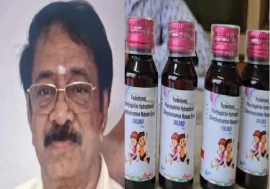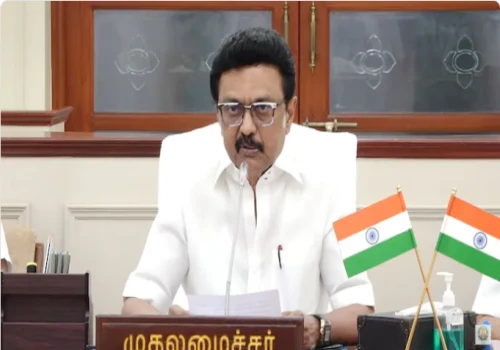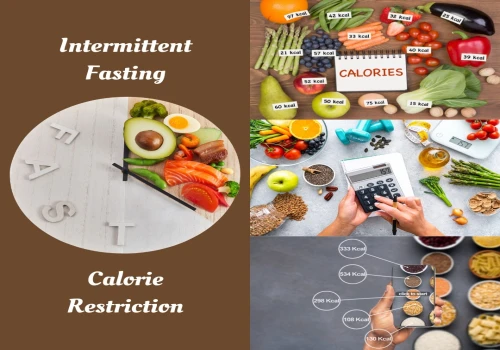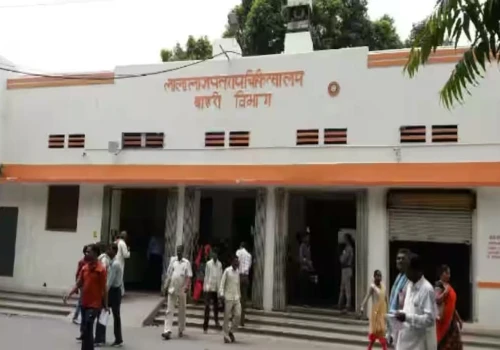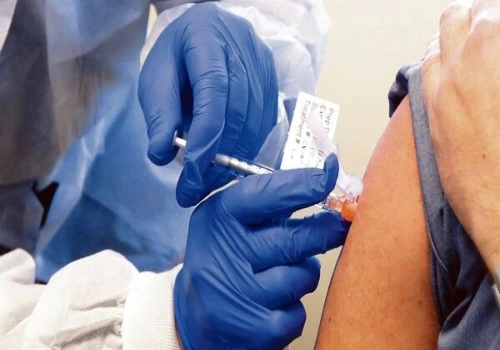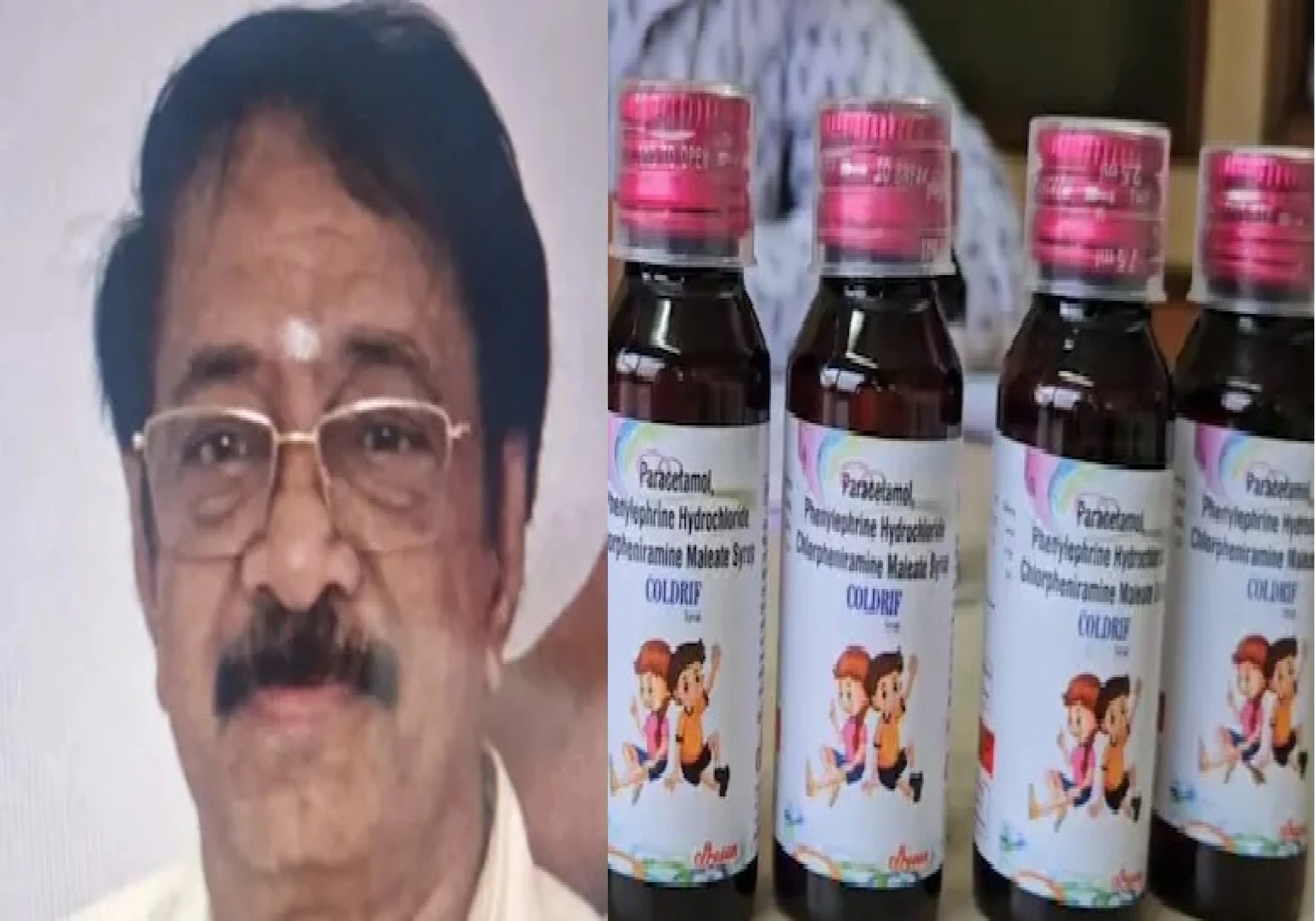
The recent tragedy in Madhya Pradesh, where approximately twenty children lost their lives after consuming a cough syrup named ‘Coldrif,’ has once again exposed the cracks in our healthcare and pharmaceutical regulation systems. The story is as heartbreaking as it is infuriating. A medication meant to ease a child’s cough became the cause of their death. However, rather than addressing the root cause, we appear to be blaming the doctor who prescribed the medication.
'Coldrif' Cough Syrup was manufactured by 'Sresan Pharmaceuticals,' a Tamil Nadu-based pharmaceutical company. The government of Madhya Pradesh banned the sale and distribution of Coldrif syrup across the state. And Ranganathan Govindan, the owner of Sresan Pharmaceuticals, was arrested by Madhya Pradesh Police on 9 October 2025.
The company responsible for manufacturing the syrup reportedly received a clean chit, while the prescribing physician now sits behind bars. This inverted justice demands urgent scrutiny. It forces us to ask a simple but uncomfortable question: Who is really responsible when a medicine turns into poison?
Medicine doesn’t begin at the doctor’s desk. It begins much earlier, in factories where raw materials are mixed, purified, and tested; in laboratories where batches are certified for safety; in warehouses where they are stored; and in regulatory offices where licenses and approvals are stamped. Each link in this chain carries an enormous ethical and legal responsibility.
When that chain breaks, when a toxic chemical like diethylene glycol contaminates a cough syrup, the doctor is the last and least powerful link. He or she prescribes based on trust—trust that the product is safe, approved, and properly tested. That trust has now been betrayed.
The deaths in Madhya Pradesh were reportedly caused by diethylene glycol, a compound used in industrial solvents and antifreeze, known to cause kidney failure and death. Such contamination is not new. India has witnessed similar tragedies before, in Udhampur, Chennai, and even internationally in countries that imported Indian-made syrups. Each time, the root cause has been the same: a collapse of quality control and regulatory vigilance.
The expectation that a doctor must somehow verify the purity of every drug they prescribe is unreasonable and illogical. A physician can check the dose, suitability, and brand but cannot chemically analyze each syrup bottle. That responsibility lies squarely with the manufacturer and the regulators.
Doctors prescribe medicines approved by the government and sold legally in pharmacies. They do so in good faith, guided by medical evidence. Punishing them for manufacturing lapses is both unjust and demoralizing. It sends a chilling message across the medical community that even when you follow every rule, you can still be jailed for someone else’s failure.
If we continue on this path, doctors will begin to fear prescribing even essential medicines, especially for children. The result will be hesitation, undertreatment, and loss of trust in the healthcare system, outcomes no society can afford.
Where the Real Responsibility Lies
Manufacturing Units:
The contamination could only occur if the manufacturer used unsafe raw materials or skipped standard purification and testing steps. Quality control protocols exist precisely to detect toxic adulterants. If those checks failed or were ignored, the manufacturer bears primary responsibility.
Suppliers of Raw Materials:
Pharmaceutical-grade solvents are expensive. Unscrupulous suppliers sometimes substitute cheaper, industrial-grade alternatives. It is the duty of the company to test every batch before production. Failure to do so is criminal negligence.
Drug Regulators:
Regulatory bodies must act as the watchdogs of public health. Approving drugs, inspecting plants, and testing samples are their core functions. Yet, in this case, early public statements reportedly gave the syrup a “clean chit” before conclusive lab results were released. Such haste erodes public confidence and weakens accountability.
Distribution and Storage:
Even after a medicine leaves the factory, it must be stored under proper conditions. Improper storage may not cause chemical contamination like diethylene glycol, but poor handling can still alter potency or accelerate degradation. Every distributor and pharmacist shares a small but vital role in maintaining drug safety.
Regulatory Oversight and Transparency:
The lack of prompt recall, slow testing, and inconsistent messaging highlight a governance gap. If the system cannot swiftly identify and remove unsafe products, tragedies like this will repeat. We need an independent body that tests pediatric formulations before release and ensures real-time data transparency.
We cannot afford to respond to each disaster with outrage and then return to complacency. The lessons must be institutionalized. Here’s what needs to change:
Mandatory Pre-Release Testing:
Every batch of pediatric syrup must undergo government-verified testing before entering the market.
Raw Material Audits:
Regular third-party audits of solvent and excipient suppliers should be made compulsory.
Swift Recalls and Public Alerts:
The moment contamination is suspected, the recall should be nationwide, not limited to a few districts.
Clear Legal Boundaries:
Laws must clearly distinguish between medical negligence and product contamination. Doctors who prescribe approved drugs in good faith should not be treated as criminals.
Accountability Beyond the Factory Floor:
Regulatory officers, quality control managers, and procurement officials who failed in their duty must also face investigation. The blame must follow the chain of evidence, not the chain of convenience.
Justice for the Families, Trust for the System
The families who lost their children deserve justice that is transparent, scientific, and complete, not symbolic arrests or headline-driven trials. True justice lies in identifying every point of failure, holding the right people accountable, and ensuring that such a horror never happens again.
Children should never die because of something meant to heal them. Doctors should not go to jail for prescribing a medicine that passed every government test. And the public should not have to question whether the next bottle of syrup on a pharmacy shelf is safe.
The Madhya Pradesh incident is not merely a tragedy; it is a wake-up call. It reminds us that healthcare is a shared responsibility between doctors, manufacturers, regulators, and policymakers. When any one of them fails, patients suffer. But when we choose to hold only one of them responsible, justice itself fails.
It is time to rebuild that trust, not through blame, but through reform.


